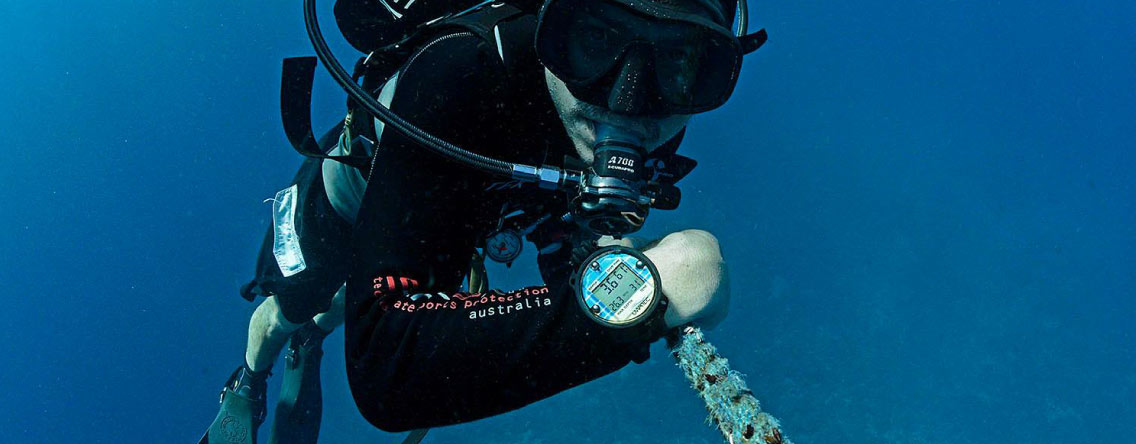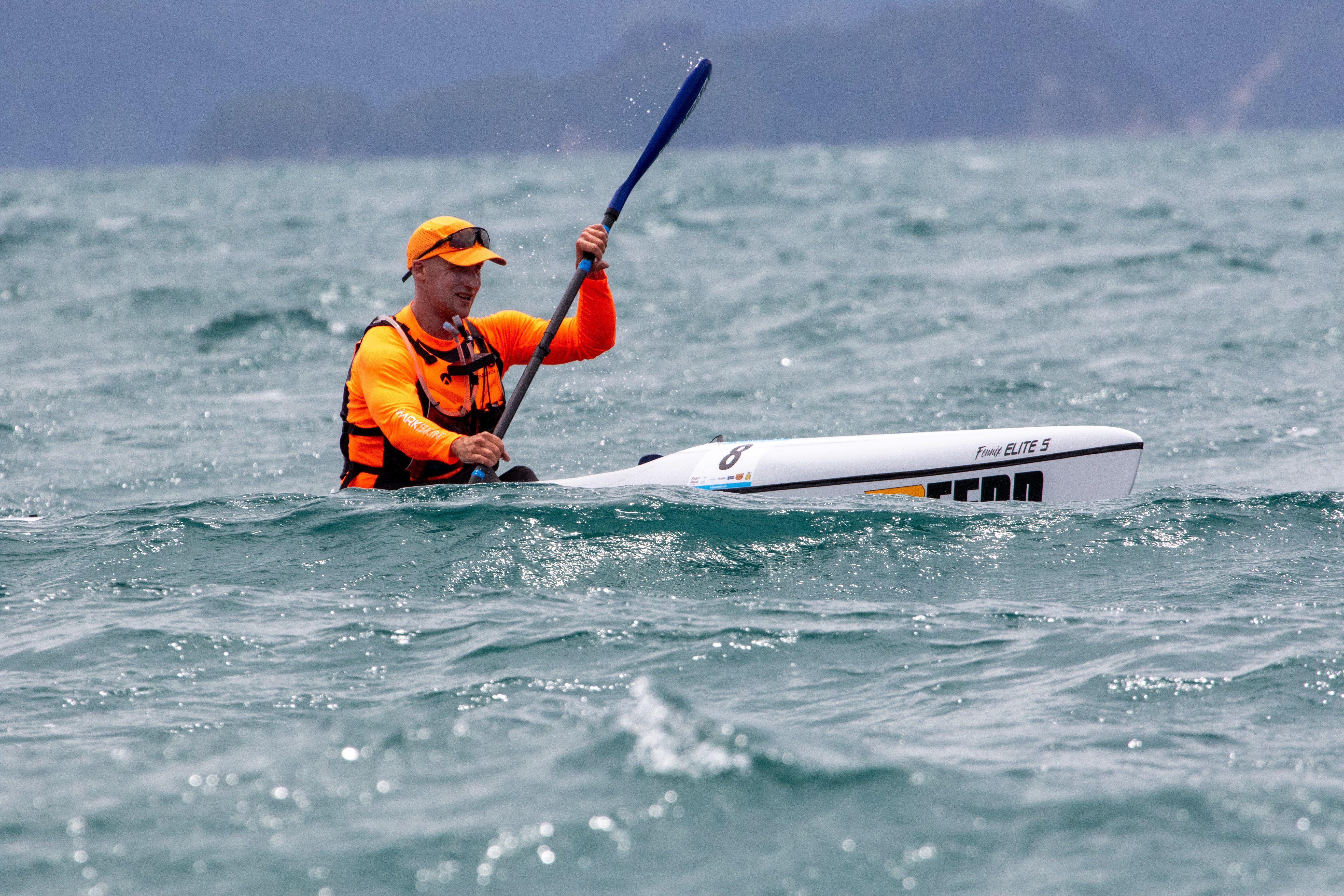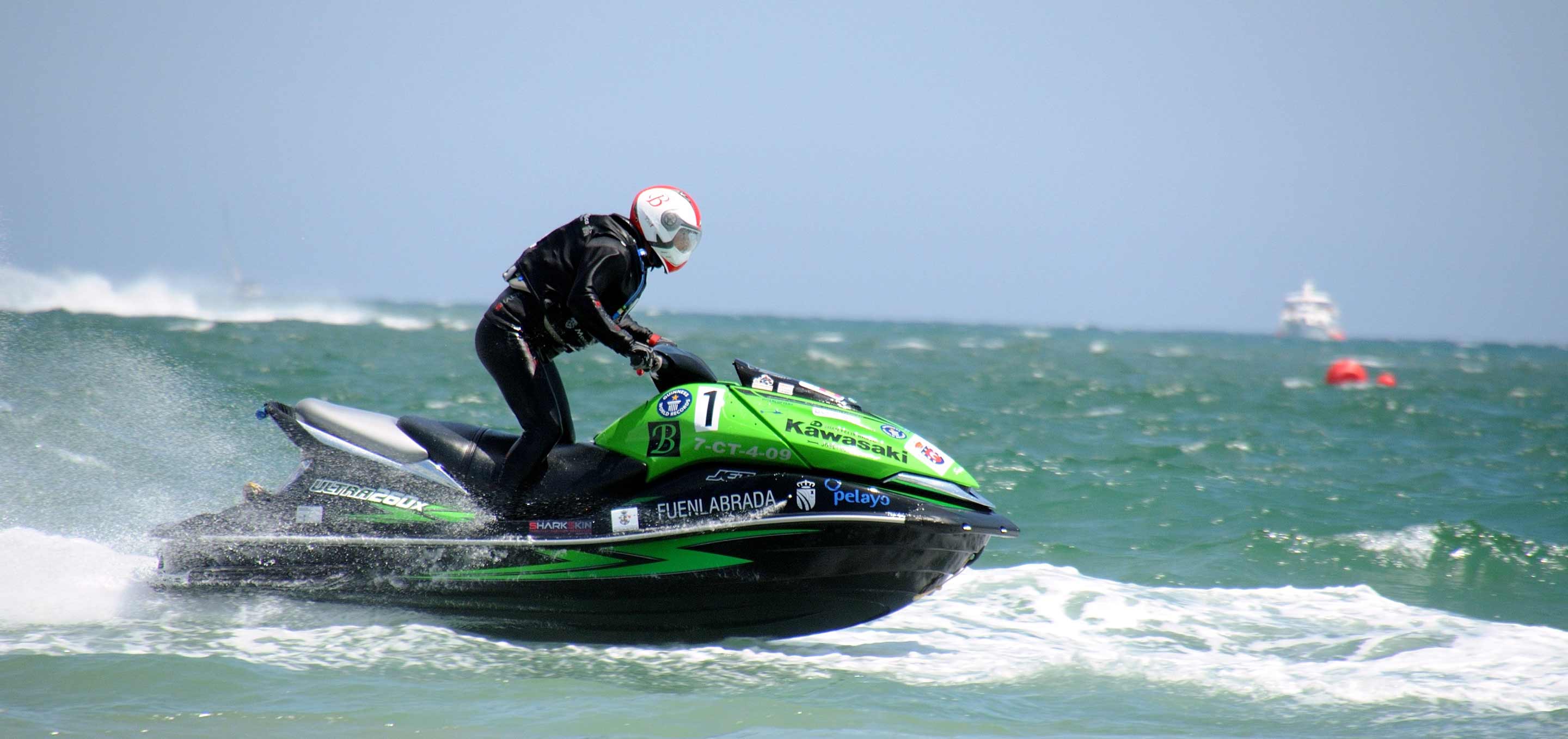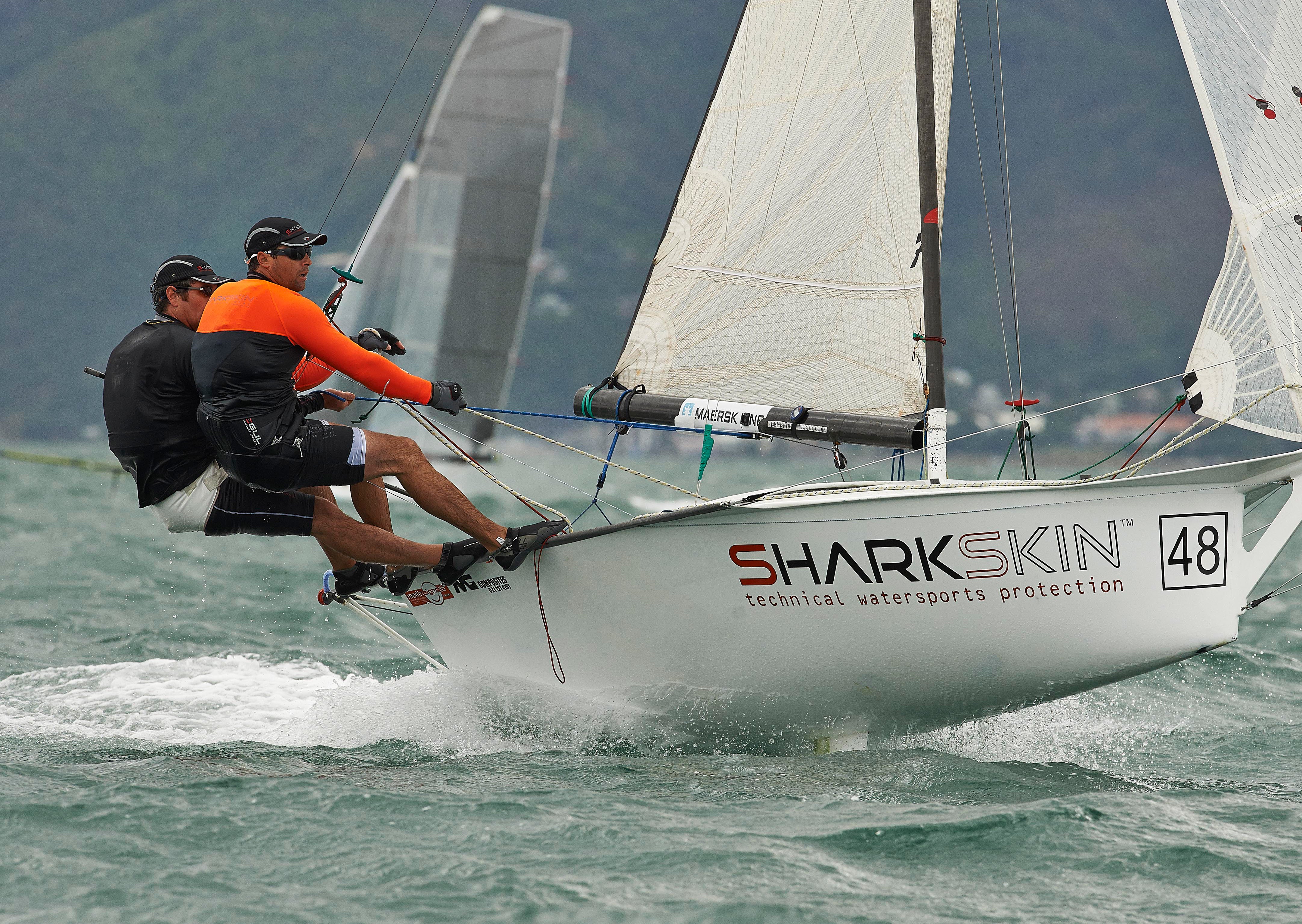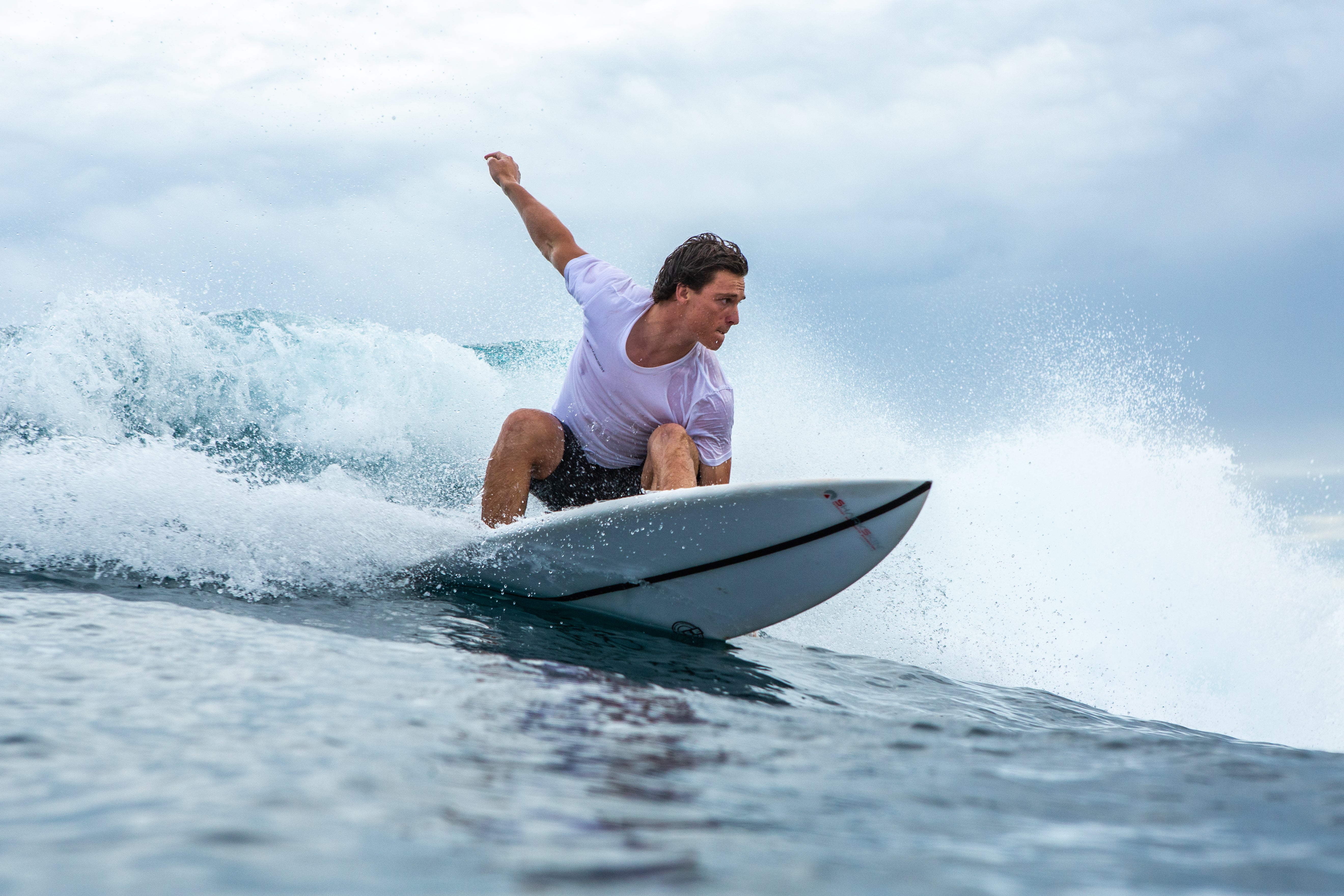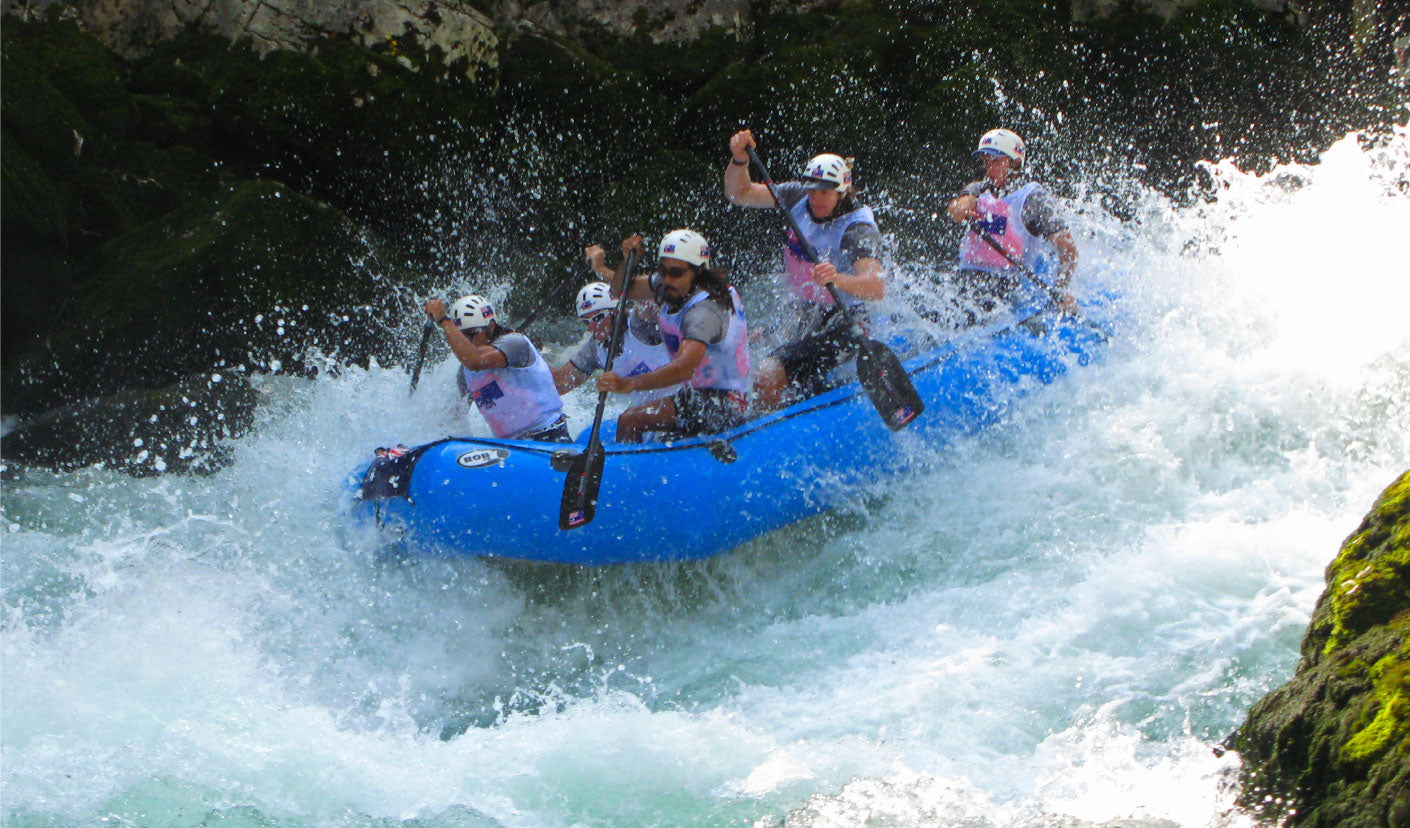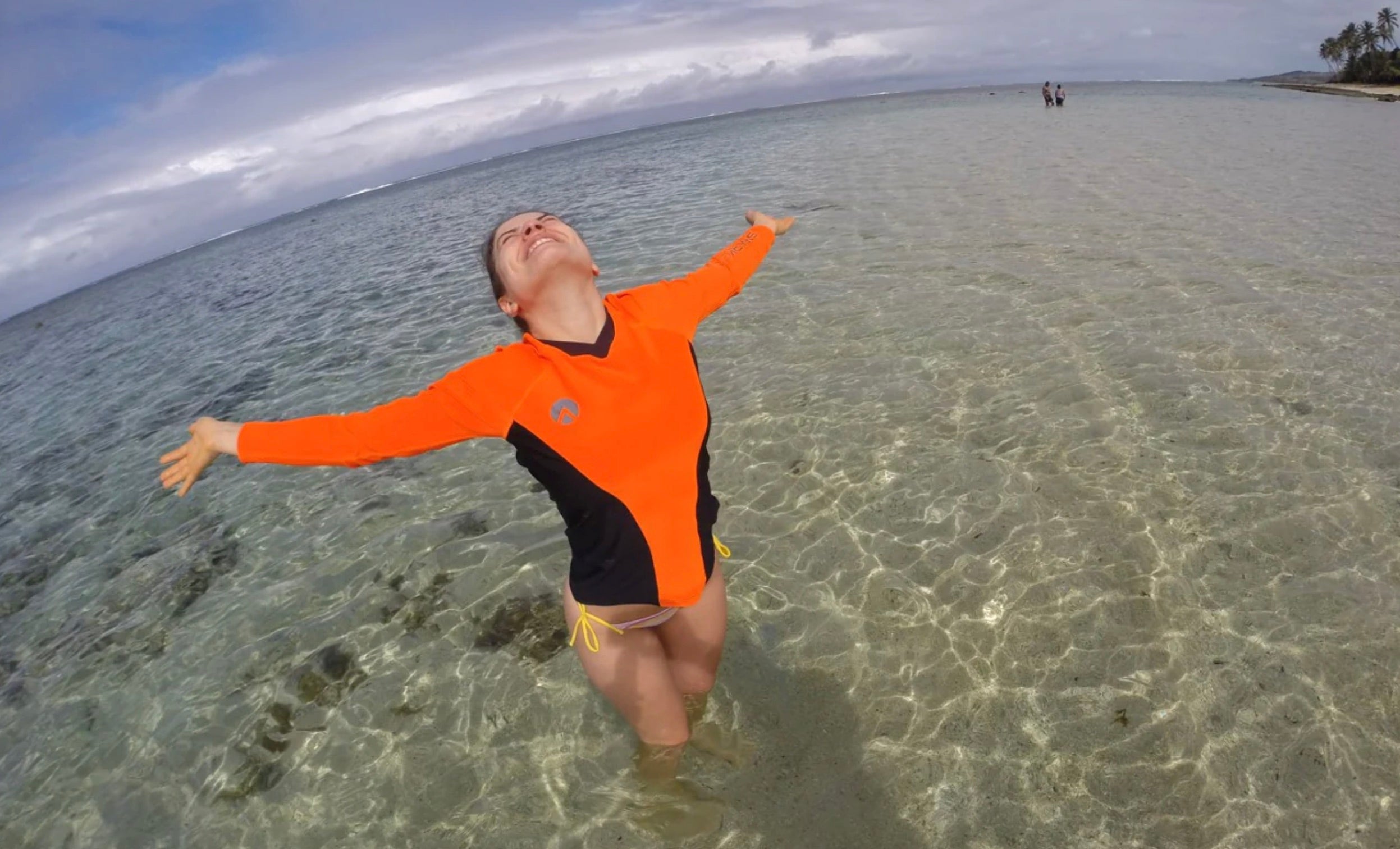How to Paddle Kayaks & Canoes with Proper Strokes
Paddling a kayak or canoe is a serene way to explore waterways, whether you're meandering through calm lakes or navigating swift rivers. However, the key to a rewarding paddling experience lies in mastering the proper strokes. Understanding how to efficiently manoeuvre your boat not only makes paddling more enjoyable but also conserves your energy during longer journeys. Here’s how to paddle kayaks and canoes with proper technique, ensuring every stroke counts.

Understand the Basics of Effective Paddling
Effective paddling techniques are foundational for both kayaking and canoeing activities. They involve a combination of understanding how to hold your paddle, positioning your body, and executing strokes with precision. The goal is to move through the water efficiently, using your core muscles rather than relying solely on upper body strength. This approach minimises fatigue and maximises the power of each stroke.
Holding Your Paddle
- Kayak: Hold the paddle with both hands just over shoulder width apart. Ensure the concave part of the paddle blades faces you. Your knuckles should be aligned with the blade.
- Canoe: Grip the paddle at the top with one hand and place the other a few inches above the blade for stability.
Engaging Your Core
- Rotate your torso as you paddle, rather than paddling with your arms. This rotation engages your core muscles, providing a more powerful and sustainable stroke.
Basic Strokes for Kayaks and Canoes
1. Forward Stroke
- Kayak: Dip one blade fully into the water near your feet, pull the blade back through the water to your hip, and then smoothly remove it. Repeat on the other side with a fluid torso rotation.
- Canoe: Reach forward with the paddle and immerse the blade fully into the water. Pull the paddle back in a straight line, keeping it close to the boat, and lift it out at your hip.
2. Reverse Stroke
Both Kayak and Canoe:
- This stroke is the opposite of the forward stroke. Push the blade through the water from the hip towards the feet to move backwards. It's useful for stopping or moving in reverse.
3. Sweep Stroke
- Kayak: To turn the kayak, perform a wide arc stroke from the bow to the stern on one side. This stroke sweeps the boat in the opposite direction.
- Canoe: Similar to the kayak, use a wide sweeping motion with the paddle on one side of the canoe to turn it.
4. Draw Stroke
- Both Kayak and Canoe: To move the boat sideways, reach out to the side with your paddle and pull the water towards you. This stroke is great for moving closer to a dock or another boat.
5. Paddle Strokes for Turning
- Kayak: Use a combination of sweep strokes and reverse strokes to steer the kayak.
- Canoe: Paddlers can use draw strokes and cross-draw strokes (drawing on the opposite side of the boat) for more precise turns.

Tips for Efficient Paddling
- Use Your Core: The most efficient paddling comes from using your core muscles, not just your arms. This provides more power and endurance.
- Keep the Paddle Shaft Low: Especially in a canoe, keeping the paddle shaft more horizontal to the water during forward strokes can reduce wind resistance.
- Paddle Blade Out of the Water: Lift your paddle blade out of the water at the end of each stroke to reduce drag and prepare for the next stroke.
- Straight Line Paddling: To maintain a straight line, keep your strokes close to the boat. Wider strokes tend to turn the boat.
Answering Your Questions
What are the basics of effective paddling techniques in kayaking activity?
The basics include holding your paddle correctly, engaging your core muscles, and mastering a few fundamental strokes such as the forward stroke, reverse stroke, and sweep stroke. Efficient paddling relies on technique rather than brute strength, emphasising the importance of torso rotation and proper paddle alignment.
How do you paddle a canoe efficiently?
Paddle a canoe efficiently by using smooth, controlled strokes, keeping the paddle close to the canoe to maintain a straight path. Engage your core muscles and rotate your torso with each stroke, rather than relying solely on your arms. Proper hand placement and paddle control are crucial for effective manoeuvring and maintaining energy over long distances.
Paddling Forward
Whether in a kayak or canoe, mastering proper strokes and techniques is crucial for an enjoyable and efficient paddling experience. By focusing on core engagement, paddle positioning, and stroke execution, paddlers can navigate waters more effectively, ensuring a memorable journey with every paddle stroke. Remember, the best paddler is not the one who uses the most strength, but the one who paddles with precision and grace.
Elevate your paddling experience with SHARKSKIN's innovative Chillproof and Rapid Dry fabrics, designed specifically for paddle sports enthusiasts seeking the ultimate in thermal protection, breathability, and comfort. Whether you're navigating serene lakes or challenging rivers, our paddling sports apparel ensures you stay warm, protected, and performing at your best, without the risk of overheating. Discover the difference with SHARKSKIN's amphibious range and revolutionise your time on the water. Gear up now and embrace the elements with confidence.
Related article: Surfing 101




